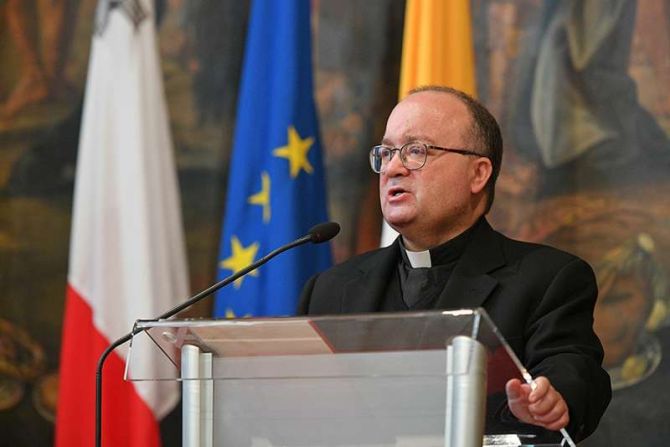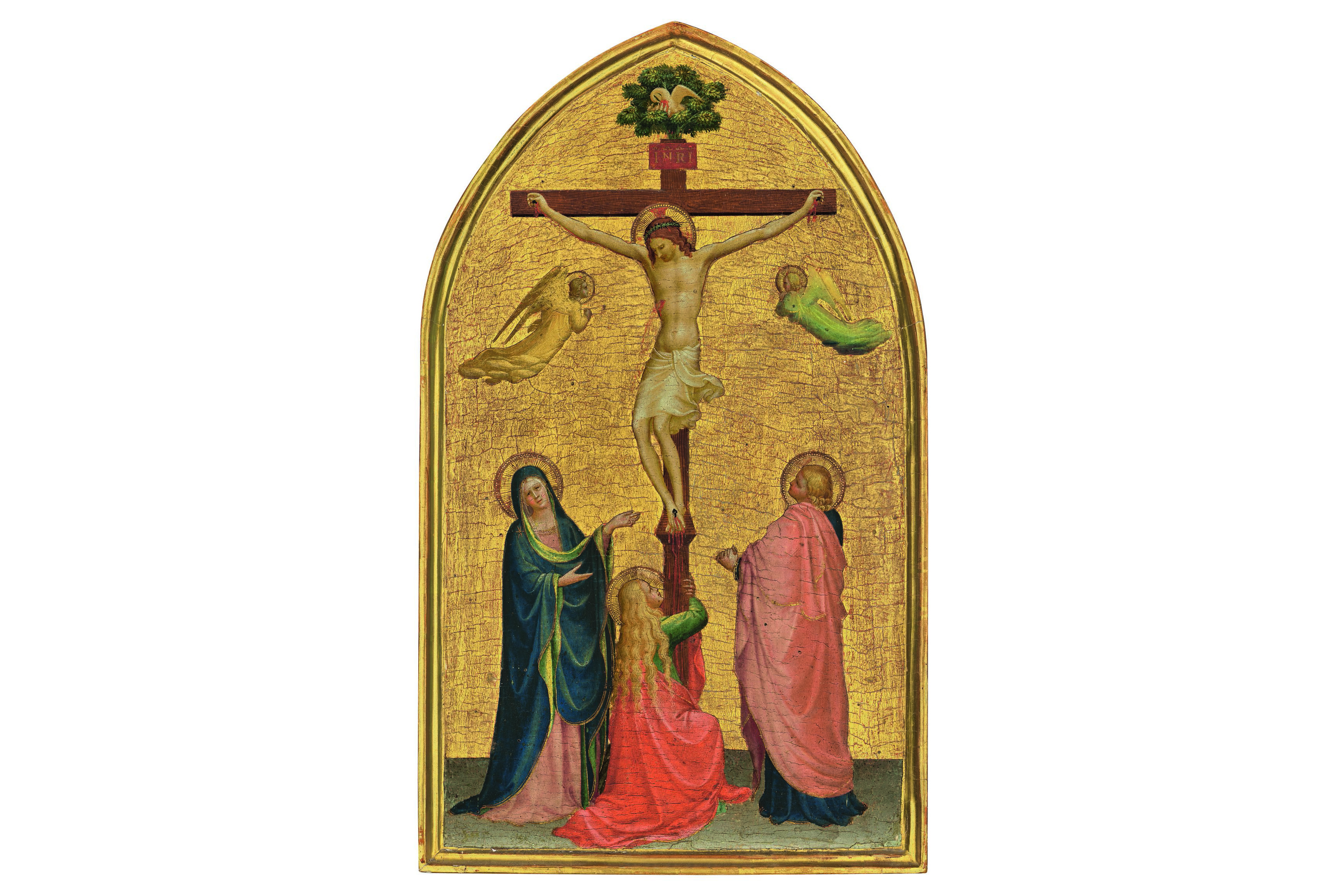A Fra Angelico painting of the Crucifixion worth £5 million has been temporarily barred from leaving England by the government.
“The Crucifixion with the Virgin, Saint John the Evangelist and the Magdalen” displays the luminous colour typical of Fra Angelico, who painted the scene in the early 1420s.
William Bingham Baring, second Lord Ashburton (1799-1864) probably acquired the painting, later inherited by descendants of Lord Spencer Compton (1893-1915) son of the fifth Marquess of Northampton.
The Department for Culture, Media and Sport is warning that the Renaissance masterpiece will leave the UK on 7 April, unless a domestic buyer can be found.
A 12th-century Walrus ivory carving depicting Joseph of Arimathea lifting the body of Jesus down from the Cross is also subject to a government ban to prevent it leaving England.
The “Deposition of the Cross” was bought privately New York’s Metropolitan Museum of Art from Sotheby’s auction house for £2 million.
The 18cm high Romanesque carving is believed to have been made in York.
Upon learning from advisors how rare the carving is, the government gave British buyers a deadline of 2 February to purchase the statue.
A government advisory committee declared the statue “one of the most culturally and aesthetically significant objects” it had ever considered.
Tim Pestell, a member of the Reviewing Committee on the Export of Works of Art said it represented “one of the finest surviving examples of English Romanesque ivory carving”. He described the statue as “truly remarkable both for its early date and its sublimely skilful carving”.
The Arts and Heritage Minister Lord Parkinson of Whitley Bay said: “As well as being an object of great reverence and accomplishment, this exquisite 12th-century carving is significant to our understanding of ivories in the early mediaeval period.”
In 1982, the sculpture was loaned to the Victoria and Albert Museum by Gertrude Hunt, who with her husband, John, travelled Europe in the mid-20th century to collect objects. The bulk of the Hunts’ private collection was donated to the Hunt Museum in Craggaunowen, Ireland.
The V&A has not yet revealed whether it might bid on the carving but told The Times it recognised “the “unique historical and artistic significance of this rare piece”.
The museum also owns a sculpture of “Judas at the Last Supper” believed to come from the same 12th-century altarpiece as “Deposition from the Cross”.



 Loading ...
Loading ...